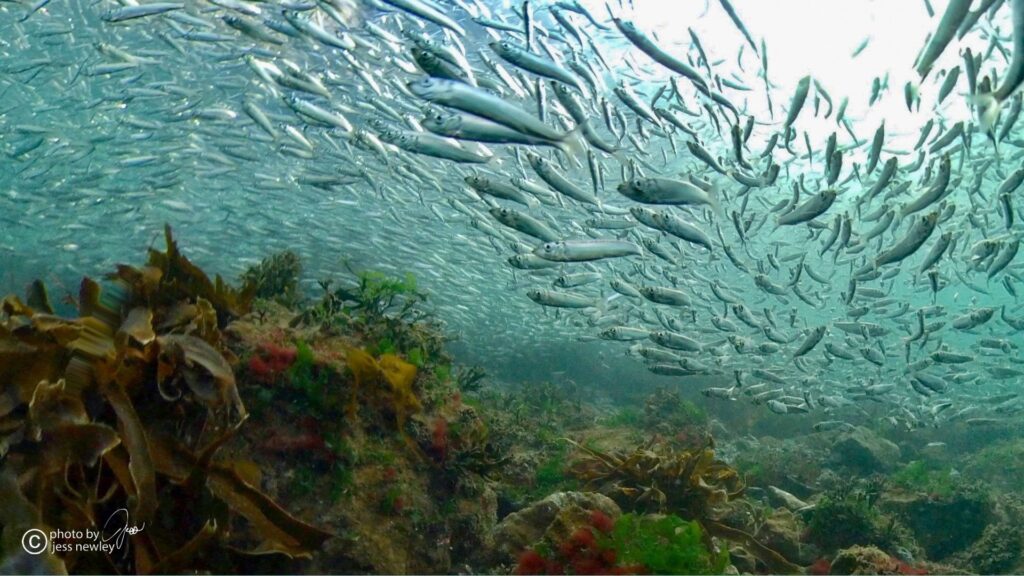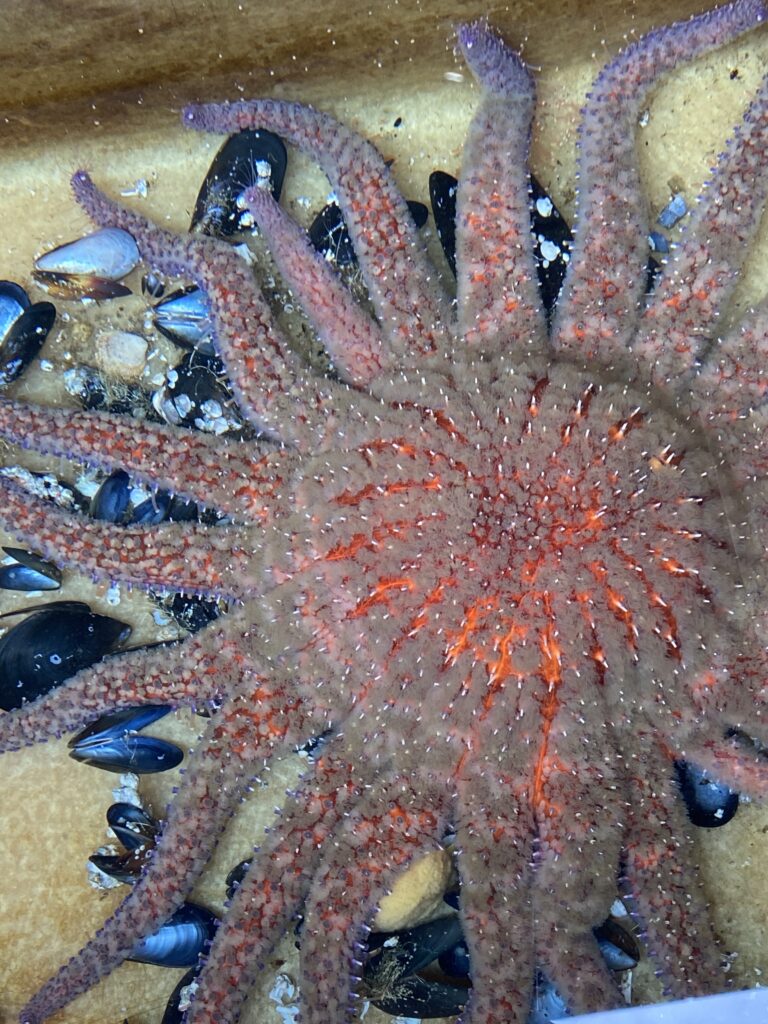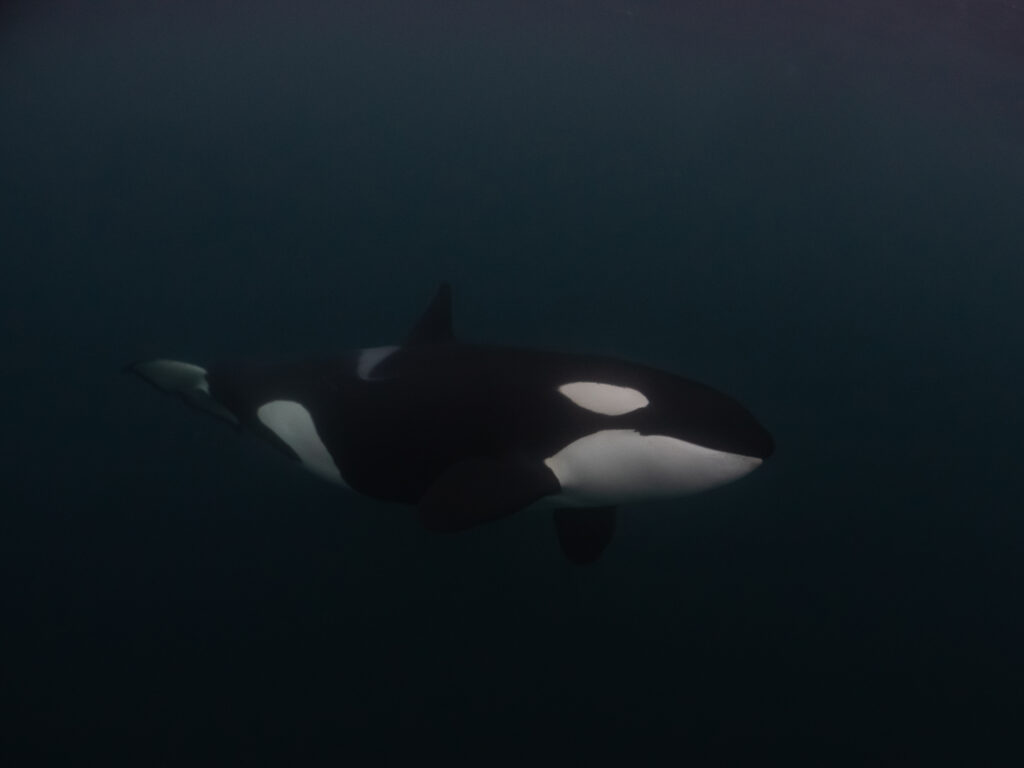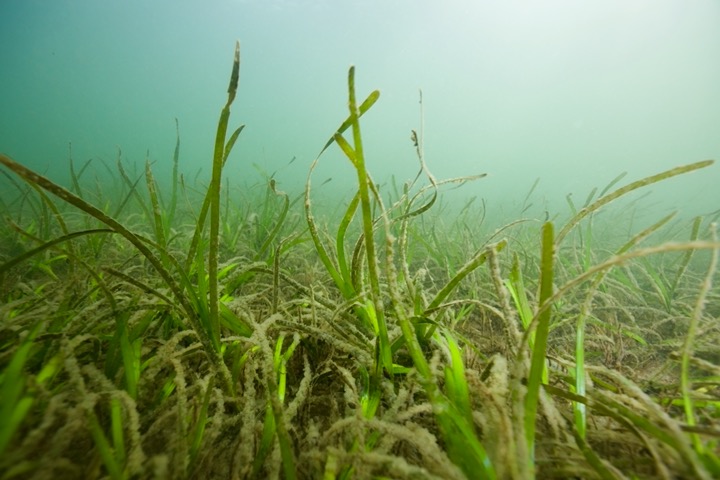Welcome to an exciting resource, tailor-made for both formal and informal educators passionate about immersing their students in the wonders of the Salish Sea Ecosystem!
These dynamic “grab and go” units will elevate your curriculum—consider it your toolkit for turning every lesson into an unforgettable experience. 360-degree videos will transport your students to the heart of the Salish Sea, taking your lessons to a whole new level. Supplemental slides, background information, and engaging activities give you additional support to engage your students. With our resources, teaching becomes an adventure, and learning is a journey of discovery. Get ready to captivate your students and make your lessons come alive in the Salish Sea Ecosystem.
Explore Current Units
- Unit 1: Explore the Marine Food Web
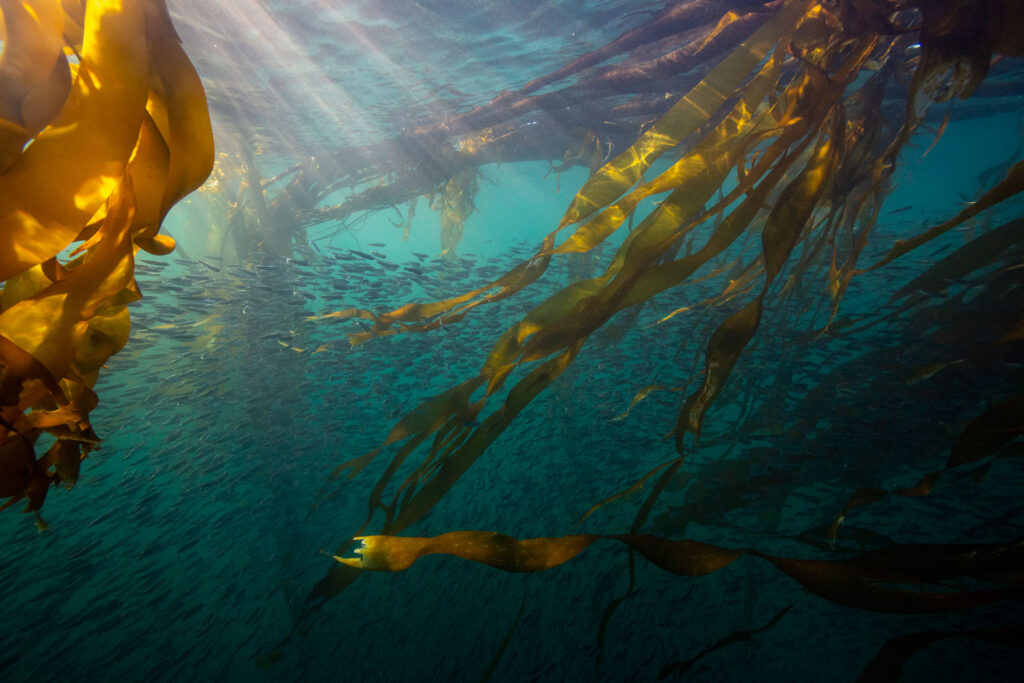 In this unit: How do the shorelines of the Salish Sea support forage fish, salmon, and orca. Swim through kelp beds and up the river with spawning salmon! Our back … read more
In this unit: How do the shorelines of the Salish Sea support forage fish, salmon, and orca. Swim through kelp beds and up the river with spawning salmon! Our back … read more - Unit 2: Mighty Herring
 In this unit: Pacific herring are small schooling fish that play a big role in marine food webs by supporting salmon, which in turn feed the Southern Resident orcas. These … read more
In this unit: Pacific herring are small schooling fish that play a big role in marine food webs by supporting salmon, which in turn feed the Southern Resident orcas. These … read more - Unit 3: The loss of the Sunflower Star
 In this unit: What happens when a species is removed from the ecosystem? Join researchers in a lab where they are growing endangered Sunflower sea stars! The Sunflower sea star is … read more
In this unit: What happens when a species is removed from the ecosystem? Join researchers in a lab where they are growing endangered Sunflower sea stars! The Sunflower sea star is … read more - Unit 4: Sniffing out Orca Poop with WildOrca – Coming Soon!
 In this unit: Journey along the water with Dr. Giles and Eba, the whale poop-sniffing dog, as they collect data on the Southern Resident killer whales. Stay Tuned for more! … read more
In this unit: Journey along the water with Dr. Giles and Eba, the whale poop-sniffing dog, as they collect data on the Southern Resident killer whales. Stay Tuned for more! … read more - Unit 5: Essential Eelgrass – Coming Soon!
 In this unit: Go on an underwater eelgrass snorkel survey in search of wasting disease, and aboard a research vessel mapping eelgrass in San Juan County. Stay Tuned for more! … read more
In this unit: Go on an underwater eelgrass snorkel survey in search of wasting disease, and aboard a research vessel mapping eelgrass in San Juan County. Stay Tuned for more! … read more
Sign-Up to Receive Immersive Ed Updates!
Stay up to date on the latest trainings, events, and new unit releases.
Funding provided by
Immersive Education programming is made possible thanks to Friends’ Members, the Keta Legacy Foundation (also known as the Mountaineers Foundation), the Wheeler Foundation, the Tulalip Tribes Charitable Contributions Fund, and the Norcliff Foundation.
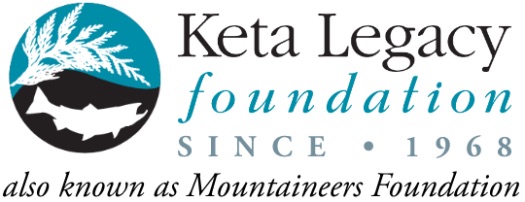

It’s important to us that any organization we are involved with actually gets things done, and the work that the Friends takes on so capably really does make a difference.
Ken and Mariann Carrasco
members, Orcas Island
